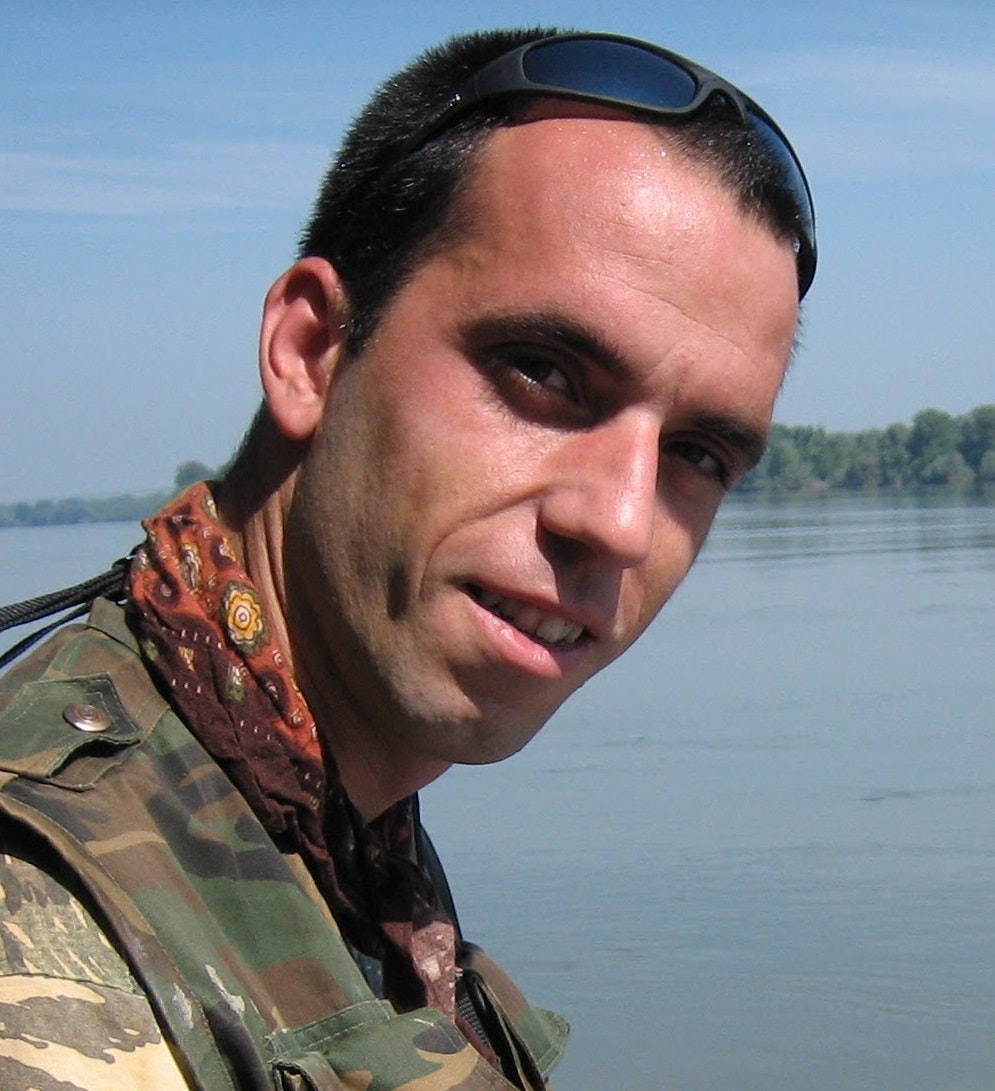Wetlands of the Lower Danube: Protecting critical migratory corridors for globally threatened birds
Emil Todorov leads a team at the Bulgarian Society for the Protection of Birds working to protect one of Europe’s greatest rivers, the Lower Danube. Dividing Northern Bulgaria from Romania, the river lies within one of the European Union’s least developed regions.
Emil grew up here, and it was as a schoolboy BSPB volunteer that a wildlife sighting decided him on his future direction. “I remember being so inspired by seeing the magnificent white-tailed eagle in flight that I said then and there that I would do anything to keep this eagle in the area.”
Today he is working with policy-makers, planners and local people, raising awareness of how the lower reaches of the Danube provide a critical corridor for migrating birds and a vital resource for rare breeding birds, including globally threatened red-breasted goose, lesser white-fronted goose, Dalmatian pelican and Endangered Egyptian vulture. 72% of the original floodplain of the Lower Danube has been cut off from the river or drained for agricultural use, making what habitat remains of great importance to conservation.
Emil and his team have successfully identified 17 Important Bird Areas and achieved their legal protection. As well as collecting important biological data, Emil has worked to gain the support of locals as ‘caretakers’ who help with bird surveys, the mapping of special sites, public education and practical action. This approach has increased local capacity and created a new sense of ownership over conservation results. Many farmers have installed nest boxes for the European Roller, whilst fisherman help report where white-tailed eagles nest on the Danube islands.
An emerging challenge is a proposal for a 150-turbine wind farm in the path of migrating birds, regardless of its potential environmental impact. The turbines will stretch across a wide area, creating a 20km barrier. Emil supports Bulgaria’s desire to reduce its carbon emissions but says: “We believe that the ideas for developing renewable energy could be realised without harming endangered birds and other biodiversity, if nature values are taken into consideration in advance.”
In response to this emerging threat, Emil is working with experts and local people to action a rethink of current planning decisions, and so safeguard the lower Danube’s natural richness and the flocks of birds which pass through every year.
PROJECT UPDATE
2019 Continuation Funding
Restoring wetlands along the Lower Danube to safeguard the world’s most endangered pelican
Bulgaria
£37,000 over 1 year
Although the Dalmatian Pelican was recently downgraded to Near Threatened in Europe, their overall population trend is declining. They are the most endangered pelican species in the world, with less than 5,000 pairs remaining, and breed in only nine countries in Europe. Given that they are conservative reproducers congregating in specific locations, maintaining healthy ecosystems and establishing new breeding sites are pivotal to stabilizing pelican numbers. In the last few decades, an estimated 72% of the original floodplain areas along the Lower Danube have been lost, having been converted to fishponds or drained for agriculture. Shrinking habitat has increased competition between birds and local fisherman and this has resulted in the complete cut-off of some wetlands to the river.
With WFN Continuation Funding, Emil aims to strengthen breeding conditions in three key wetlands along the Lower Danube River which will secure not only habitat for the pelican, but also for hundreds of waterbird populations. His team will build a new artificial platform in the Kalimok wetland to increase breeding success, as well as improve the hydrological regimes of these marshes. The project also aims to reduce human pressure on wetlands by tackling poachers’ raids in the reserves, including training local stakeholders and bolstering law enforcement against unmonitored fishing, both which disturbs nesting and reduces feeding sources.







